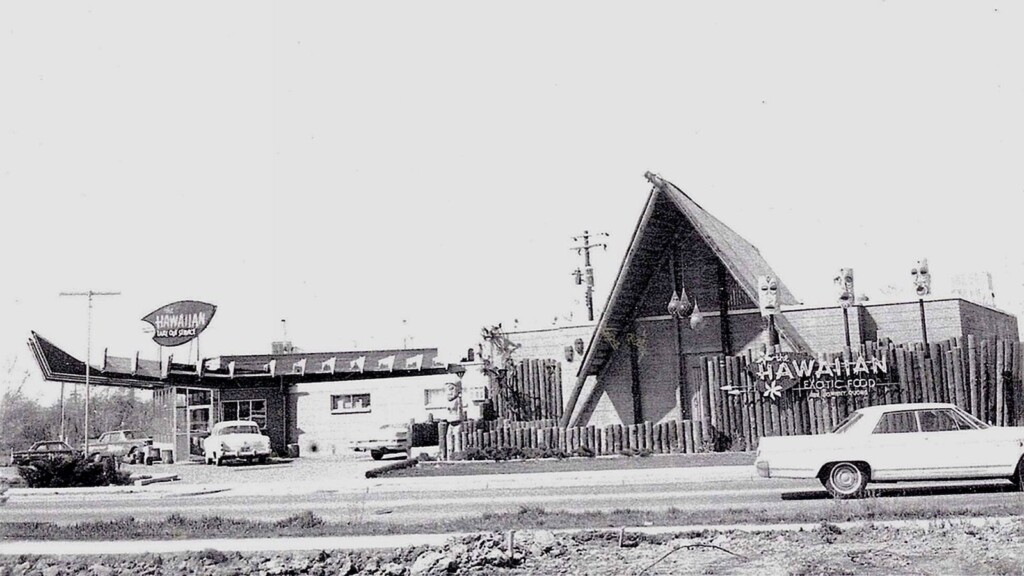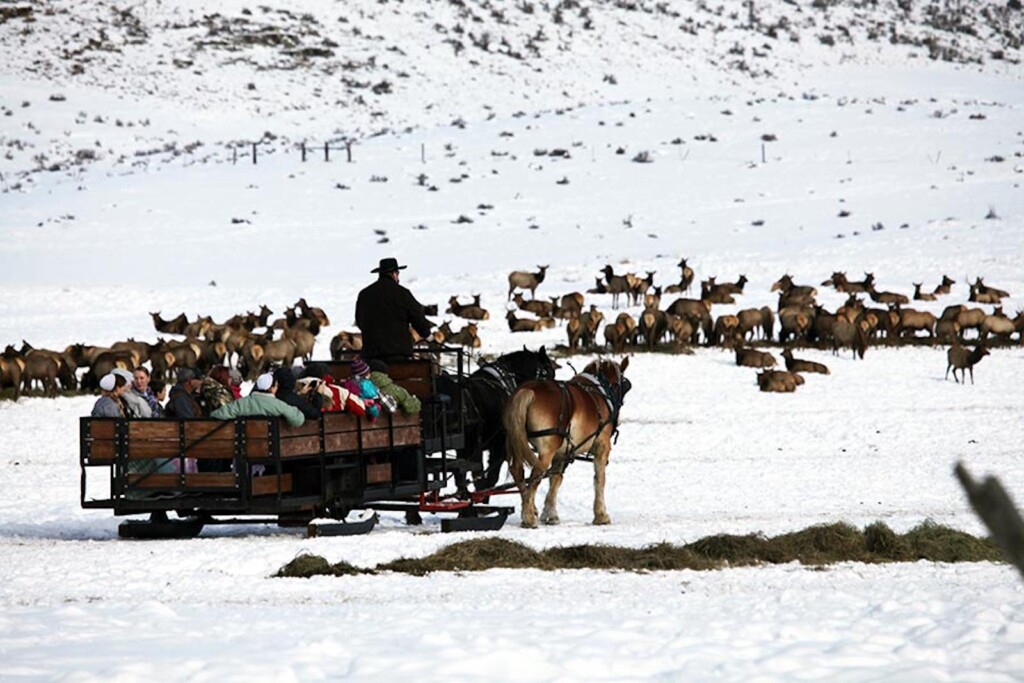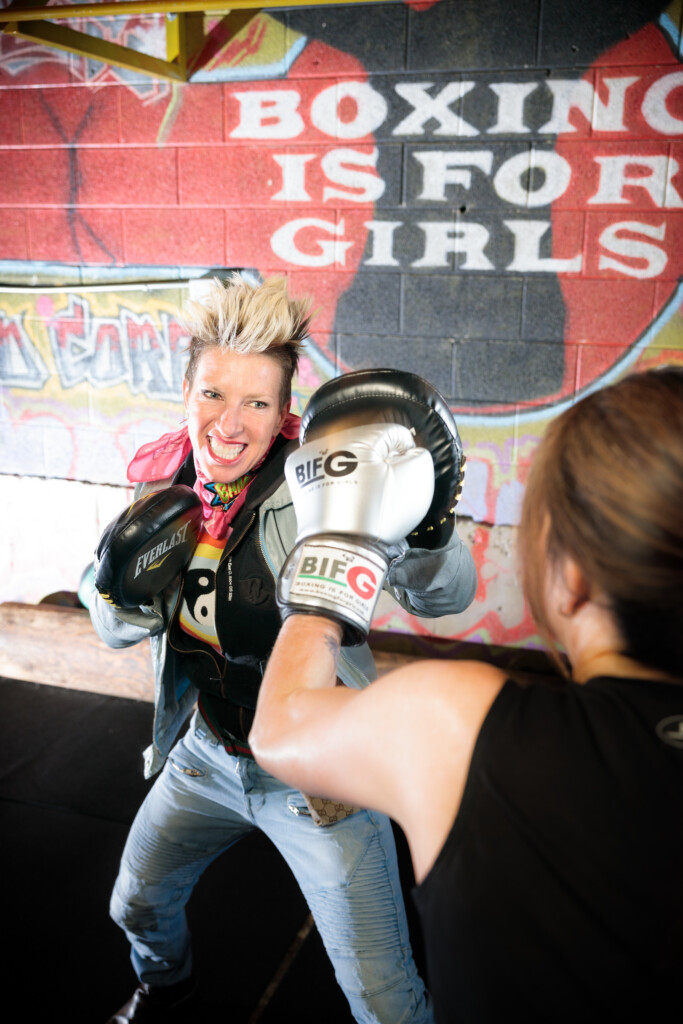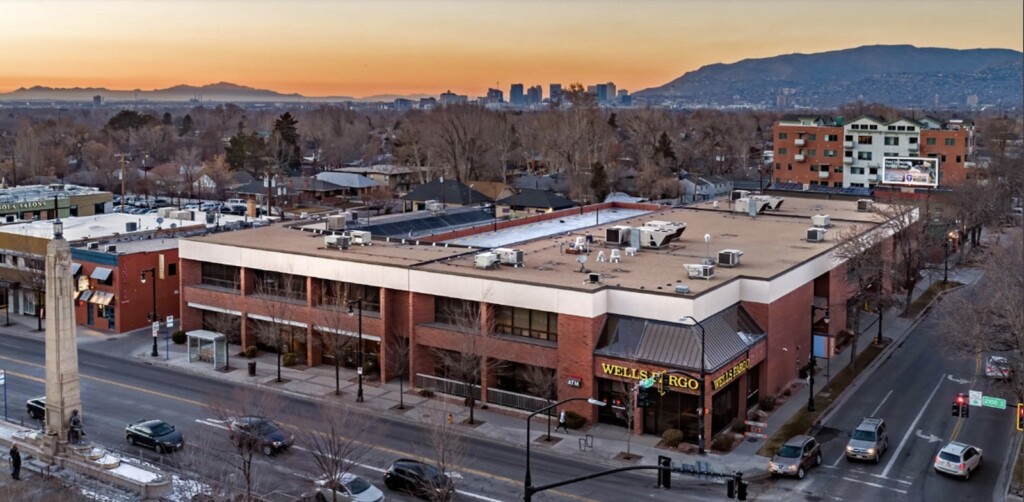“Sugar House used to be a city inside a city.” —Neisen Bank
Barry Bank moved to Sugar House in 1949. He was two years old, and has been a resident ever since. He’s seen the city change over time and is discouraged to see the city he loves become unrecognizable.
“Sugar House had character and it had a concentration of locally owned businesses, including many restaurants that thrived there for years,” he says.
Sugar House was once packed with Mom & Pop eateries that offered authentic meals at reasonable prices. According to Barry, the community has lost the former family-friendly service and quality that were once typical. “The boss doesn’t come out of the kitchen anymore to ask you how your lunch was. Now you just get into arguments about the fries.”
Barry’s dad, Neisen Bank, bought the old Fisher Jewelry Store in 1949 and renamed it Neisen R. Bank Jewelry. He started out on 1074 E and 2100 South next to Rockwood Furniture. Barry took over when his dad passed away and stayed with it through two moves until he retired in 1996.
One of the best parts of owning a business in Sugar House was becoming a regular at the many diners and restaurants in this eclectic part of SLC. One of Barry’s favorites was Nero’s. It was right next to the jewelry store and the family ate there every day if they didn’t bring lunch from home.
“It was a lunch counter kind of place with a small dining room, booths, and a counter. They had a great roast beef sandwich,” Barry recalls fondly.
Nero’s was open for lunch and breakfast, opening as early as 6am for the nearby merchants anxious to get a start on the day.

Sugar House was an enclave of diners, including the Dixie Diner in an old railroad car between the Tap Room and Southeast Furniture. The Pine Cone was known for their Sheepherder’s Sandwich and was a destination stop after class for martial artists at the Karate-Do Center up the street.
Kuong Jou, with its distinctive neon sign on Highland Drive, offered oriental food. Andy’s Famous Smorgasbord offered a chef’s cutting table and Scandinavian dishes. Other exotic places, at least for Salt Lake in the 1960s and 70s, included Bratten’s Seafood Grotto, Johnny Quong’s The Hawaiian (complete with indoor thunderstorms), and the Beefeaters Inn with lobster for $3.99.
You could grab a sandwich or burger at Woolworth’s lunch counter, Nohlgren’s 99 Cent Diner, or the Fairmont Bowling Alley.
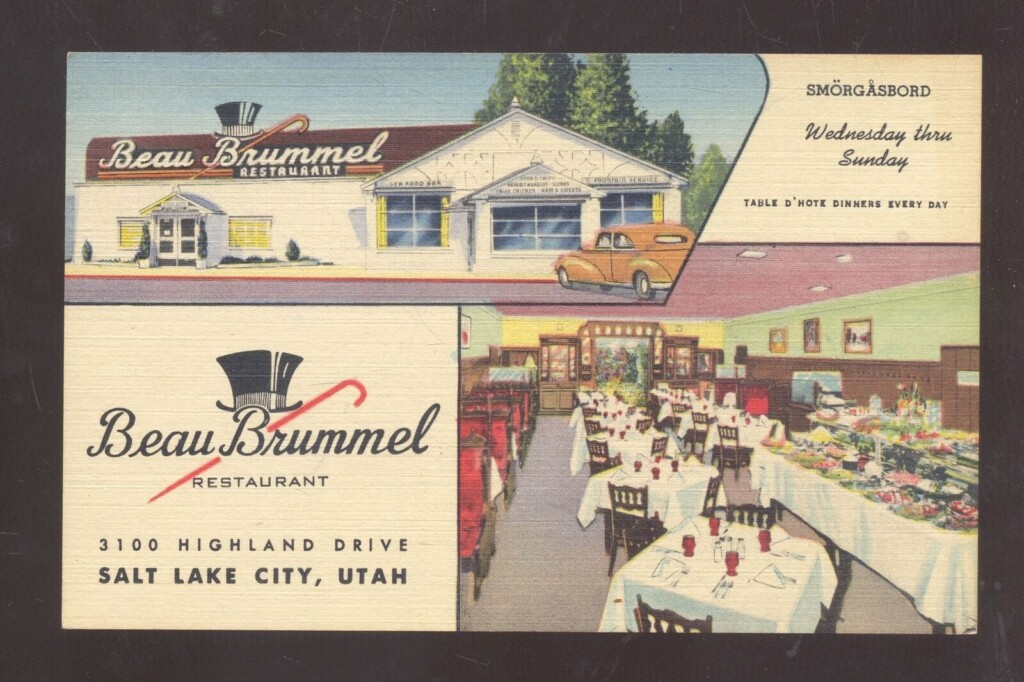
Beau Brummel Restaurant, next to Glaus French Bakery Shoppe, resplendent with white table cloths and crunchy breadsticks on the table, was a favorite spot for birthdays. The Sugar House Rotary held their monthly meetings there.
Barry feels that with the loss of local business, Sugar House lost its heart. “The restaurants now are all chains or commercial. The owners used to always be on hand, checking to see if people were enjoying their lunch,” Barry says.
Old timers who are attached to their favorites might think the ‘city inside a city’ is morphing into a mundane, cookie-cutter urban replica of the modern Wasatch Front, but it’s still far more walkable, interesting and local than most places: places like Millie’s Burgers, Salt Lake Pizza and Pasta, Fiddler’s Elbow, The SugarHouse Barbeque Company, Soup Kitchen and Olympian are still mainstays in Sugar House.
When the Granite Block was razed for the new mixed-use development that now stands, there were at least 15 locals who made a name for themselves: Pib’s Exchange, Sugar House Coffee, Omar’s Rawtopia, Square Nest, and the beloved Fat’s all resided there. All found new locations, with the exception of Fat’s.
Long live local!

